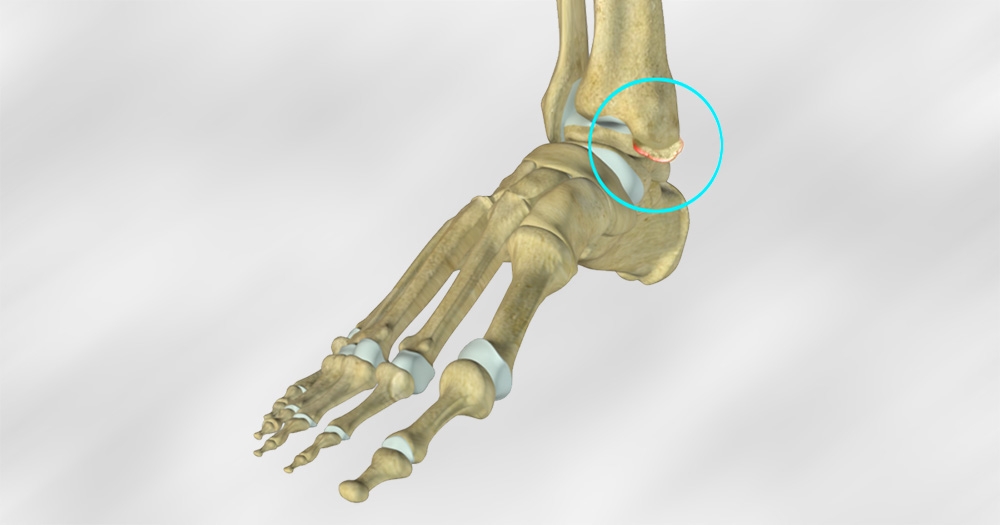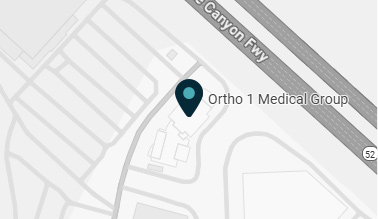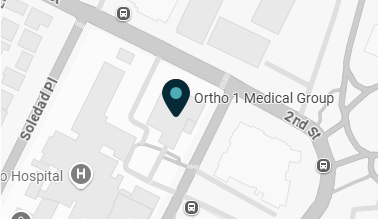Ankle impingement is a painful condition that limits your ankle’s range of motion. If you’ve just been diagnosed with it, you probably know that ankle impingement most commonly develops because of an accumulation of scar tissue and inflammation, often from a previous injury or degenerative condition.
With offices in San Diego, La Jolla, Chula Vista, and Coronado, California, the orthopedic providers at Ortho 1 Medical Group help patients across the Greater San Diego region reclaim their lives by restoring range of motion and alleviating pain and swelling due to ankle impingement using minimally invasive ankle arthroscopy.
Keep reading to learn what you should know about ankle impingement and the ways we can help you move freely again.
Understanding ankle impingement
People can get ankle impingement for different reasons, usually because of an abnormality in soft tissue or bone that develops as the result of a previous injury (e.g., fracture or sprain), infection, or degenerative disease (e.g., arthritis).
When this tissue, like scar tissue, or bony abnormality blocks the joint, you lose range of motion and develop other symptoms in your ankle. The type of ankle impingement you have depends on the location in the joint affected.
The two most common are anterior impingement (AI) and posterior impingement (PI). Anterior impingement occurs in the front of the ankle. Signs of AI include:
- Pain at the front or side of your ankle
- Weak or unstable ankle
- Pain or limited range of motion when moving uphill or on an uneven surface
- Pain or limited range of motion when doing an activity that forces your ankle to bend (e.g., squats)
Posterior impingement develops in the back of the joint. Signs of PI include:
- Pain at the back of your ankle
- Pain when pointing your toes
- Decreased range of motions when pointing your toes
- Heel pain
Both types of ankle impingement can also make you feel like your ankle is “stuck” or “locked” and can cause clicking and popping sounds when you rotate the joint.
Treatments to address ankle impingement
At Ortho 1 Medical Group, our providers address ankle impingement by recommending the best therapies for your unique situation. This means beginning with a comprehensive diagnosis of your condition to identify which type of ankle impingement you have and the severity of the condition.
While each patient receives personalized recommendations, our team begins with nonsurgical treatment, such as rest, medication, and physical therapy, to strengthen the joint and break up scar tissue, and custom orthotics with heel lifts to prevent dorsiflexion (bending of the joint), when possible.
If less conservative treatments don’t provide sufficient or lasting relief, your Ortho 1 Medical Group provider may recommend ankle arthroscopy. This minimally invasive surgery allows your surgeon to remove the scar tissue or bone that’s impeding joint movement.
This surgery is usually performed as an outpatient procedure, so you can return home soon after your appointment. You should expect to stay off your feet for several weeks while your ankle heals.
Once recovered from surgery, research shows you can expect to enjoy a greater range of motion, significantly less swelling and pain, and a return to most physical activities.
If you’ve been diagnosed with ankle impingement, schedule a consultation online or over the phone with a specialist at one of the four San Diego-area Ortho 1 Medical Group locations today.





















